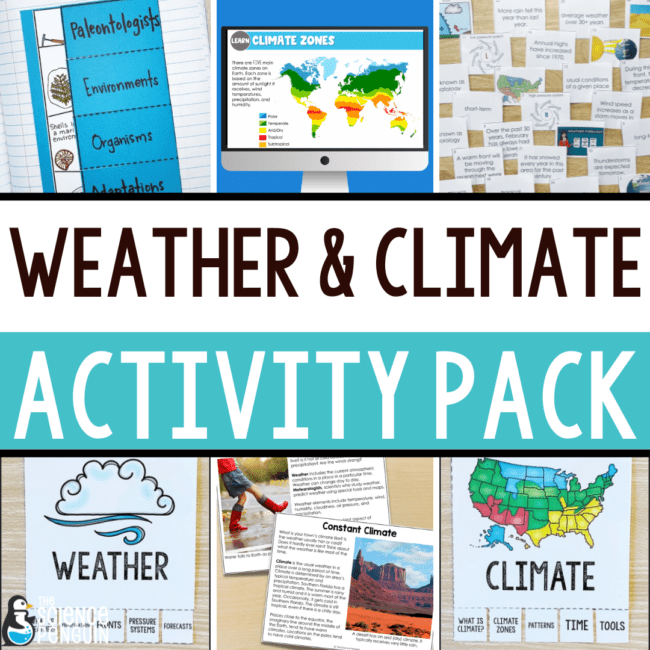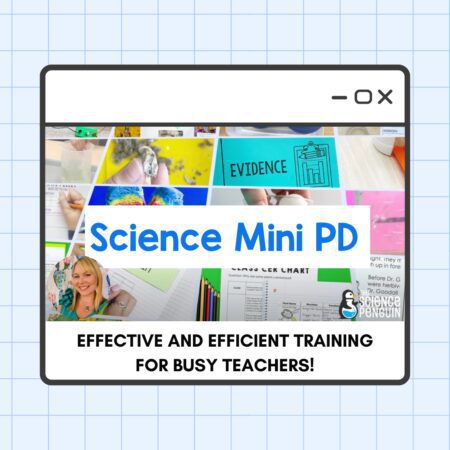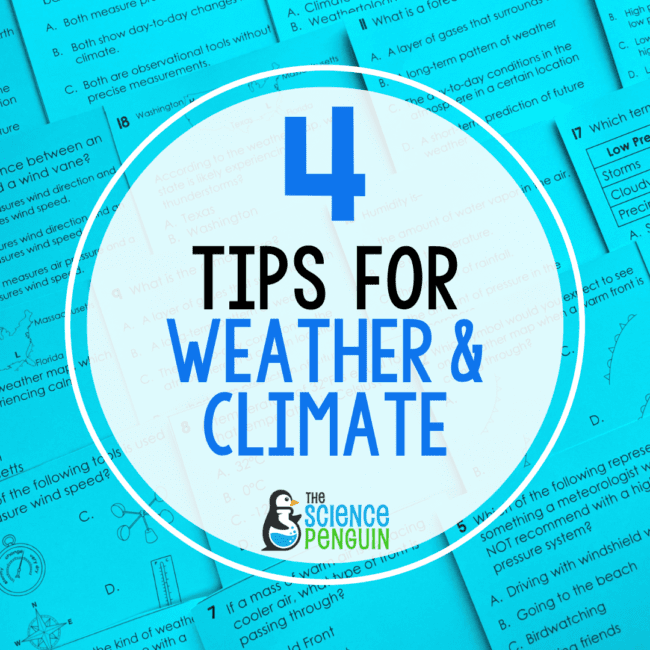
Weather is a phenomenon that we encounter every day. From the clothes we wear to special events, we must be weather aware! In the 5th grade TEKS, we take it another step further by adding climate to the mix.
The two depend on each other, but we want to ensure our students can distinguish the two based on patterns.
Weather refers to the short-term conditions of the atmosphere in a specific place at a specific time, while climate is the long-term pattern of weather in a particular region. Weather can change from day to day or even hour to hour, and it can be influenced by a variety of factors such as temperature, humidity, precipitation, wind, and air pressure.
Climate, on the other hand, is the average of weather patterns over a longer period of time, usually 30 years or more. Climate is determined by a combination of factors, including the Earth’s tilt, the amount of sunlight it receives, and the atmospheric and oceanic circulation patterns.
While weather can be unpredictable, climate tends to be more stable and consistent, and it can have a big impact on the plants, animals, and people living in a particular region.
Here are a few of my favorite tips when teaching weather and climate.
Tip #1: Brainstorm
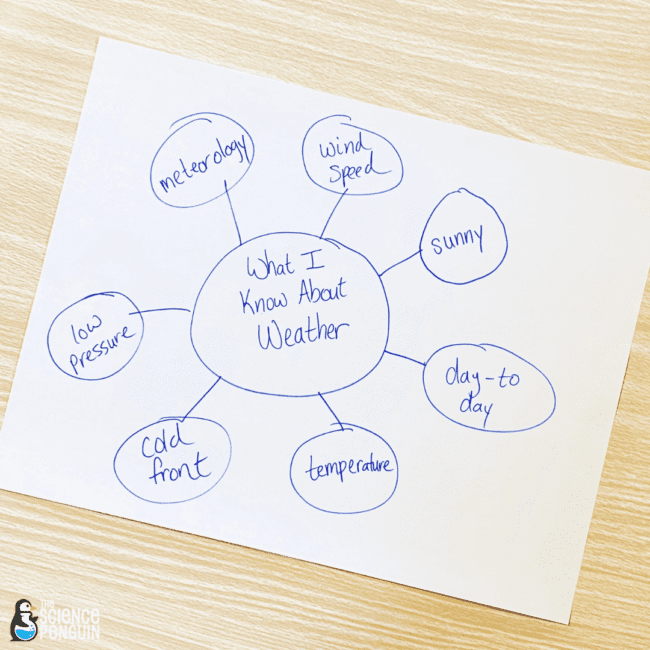
Whether you teach 3rd, 4th, or 5th grade, a way to gauge student understanding of weather is to create a class bubble map or have students create one in their journals. Having your students engage in this activity is a way to pre-assess what they know and any misconceptions they have.
Tip #2: Real-World Application
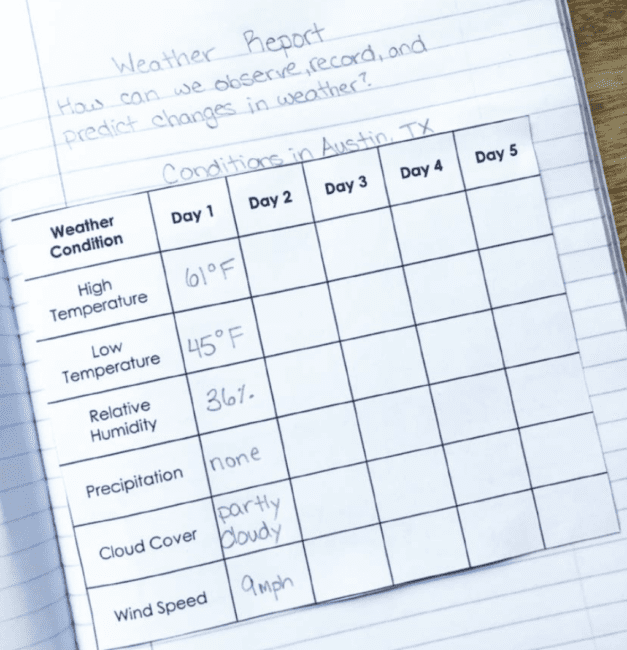
I’ve always been a weather fan and even contemplated being a meteorologist. I love allowing my students to be meteorologists by letting them track the daily temperature, wind speeds, precipitation amounts, and conditions to present to their peers.
If you have any weather tools available at your school, have your students practice using them. This is an excellent way for students to begin seeing patterns and making predictions.
Take it another step further by having students research other parts of the world and track the weather in those areas too!
Our Out the Door to Explore resource has a great Weather Report resource within it to utilize for this tip!
Tip #3: CLAWS Acronym
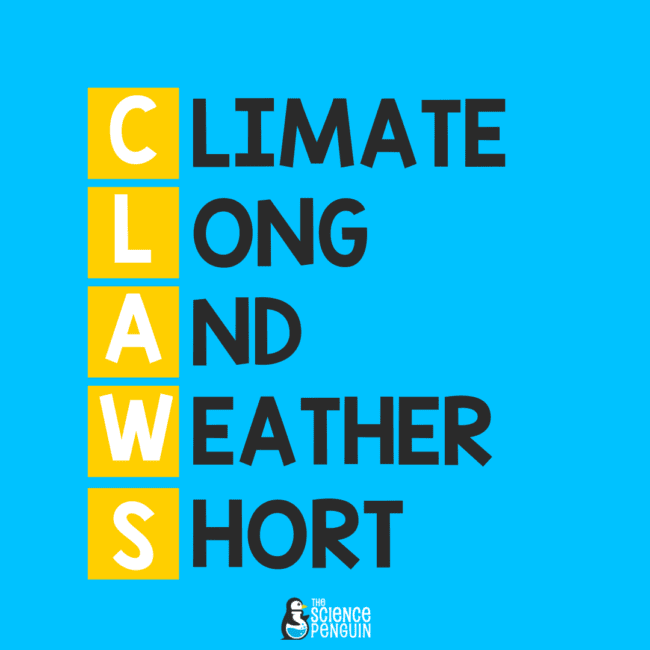
As students recognize that weather is day-to-day short-term changes in our atmosphere, you can begin asking what the weather is typically like in your area’s summer, winter, spring, and fall.
Students may start saying that it’s “typically” or “always” hot in the summers of Texas. They may say that in Colorado, “every year,” winter is cold and snowy. Begin jotting those words down to generate a list of long-term vocabulary words that help compare climate and weather, giving your students a visual aid.
One trick I used with my students was to write the acronym CLAWS, which stood for Climate Long and Weather Short. As Mark Twain would say, “Climate is what we expect. Weather is what we get.”
Tip #4: Use Sorts, Inquiry, Slides, and Stations
The Weather and Climate Activity Pack has six great activities that allow your students to engage in weather and determine how weather and climate are not the same! A few of the great activities are listed below:
Sorts: Students love to move and learn with Sorting Relays! Teams review by sorting examples of weather and climate.
Digital Inquiry: Students will learn how weather and climate differ in this NO PREP digital activity.
Slides and Notes: Explanation of weather and climate at its finest with scaffolded notes included.
Stations: Become the facilitator in the learning environment while your students embark on student-centered stations that revolve around weather and climate. Choose them all or just a few!
See it on TpT: Weather and Climate Activity Pack

Access the Free Resource Library
This is an exclusive library of 40+ science printables, labs, activities, and games for grades 3-6. Sign up and check your email for immediate access.

